Top Things to Know Before Buying Beautiful Indoor Plants
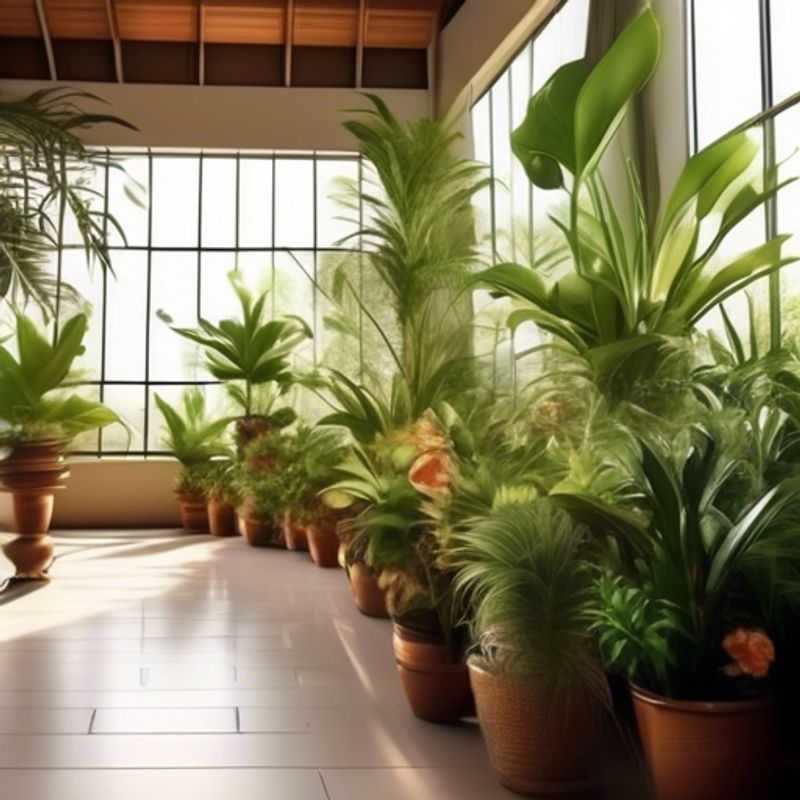
Top Things to Know Before Buying Beautiful Indoor Plants: Size, Light, Water, Humidity, Growth Rate, Toxicity, Pests, Soil, and Repotting
Bringing the beauty of nature indoors is a wonderful way to enhance your living space, but choosing the right plants can be a journey. Before you fall in love with a leafy friend, there are some key things to consider to ensure a happy and thriving plant partnership. Let's explore some of the most important factors to think about:
Determine the right plant size for your available space.
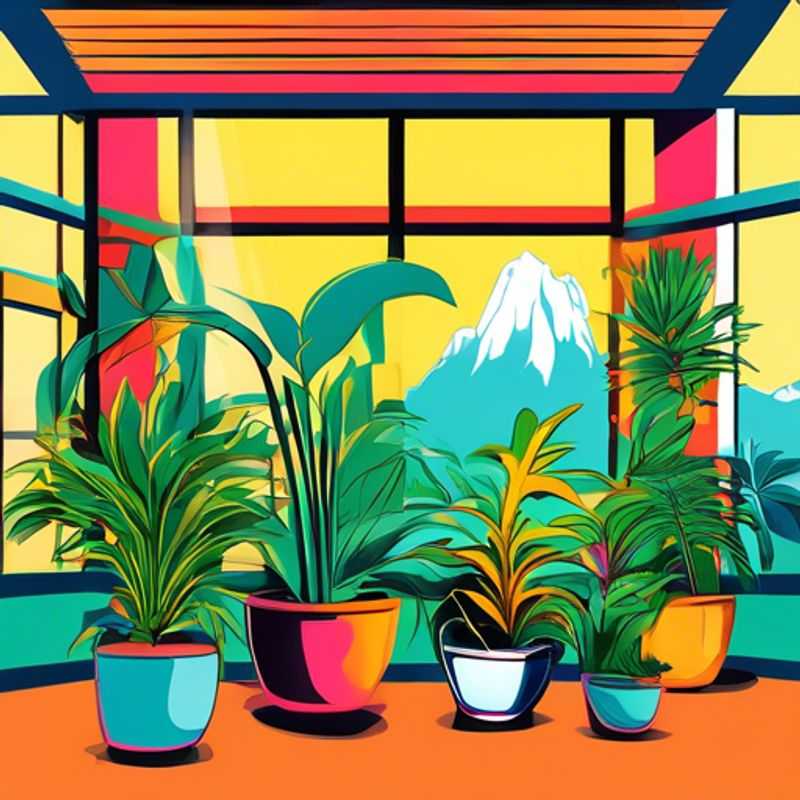
Choosing the Perfect Plant Size for Your Space: A Guide for Green Thumbs
Choosing the right plant size for your space is crucial for successful gardening. It's about finding the perfect balance between the plant's growth potential and the available space. You don't want your plants to become overcrowded, but you also don't want them to feel cramped. There are several factors to consider:
Plant Maturity: Consider the mature size of your plant, not just its current size. Research the plant variety and its growth habit. This information will guide you in selecting the right-sized plant for your available space. Growth Habit: Some plants are naturally compact, while others have sprawling or climbing habits. Understanding the growth habit helps you predict how much space the plant will occupy.
Container Size: The size of the container is closely tied to the plant's growth. Choose a pot that offers adequate room for roots to spread and grow. A larger pot will provide more space and support for the plant's growth. Spacing: When planting multiple plants, pay attention to the recommended spacing between them. This ensures adequate air circulation and prevents overcrowding.
Light Requirements: Plants need adequate sunlight to thrive. Choose a location that provides the appropriate amount of sunlight for the specific plant variety you're planting. Soil Drainage: The soil in your containers should drain well to prevent root rot. Using a well-draining potting mix is essential for healthy plant growth.
Plant Type: Different types of plants have different space requirements. Some plants are better suited for hanging baskets, while others thrive in large containers or garden beds. Choose a plant that fits your planting space and preferences. Maintenance: Consider how much time and effort you're willing to dedicate to plant maintenance. Some plants require more frequent pruning or watering than others.
Determining the right plant size for your space is a critical part of successful gardening. By considering the factors above, you can choose plants that thrive in your chosen location and create a beautiful, thriving garden.
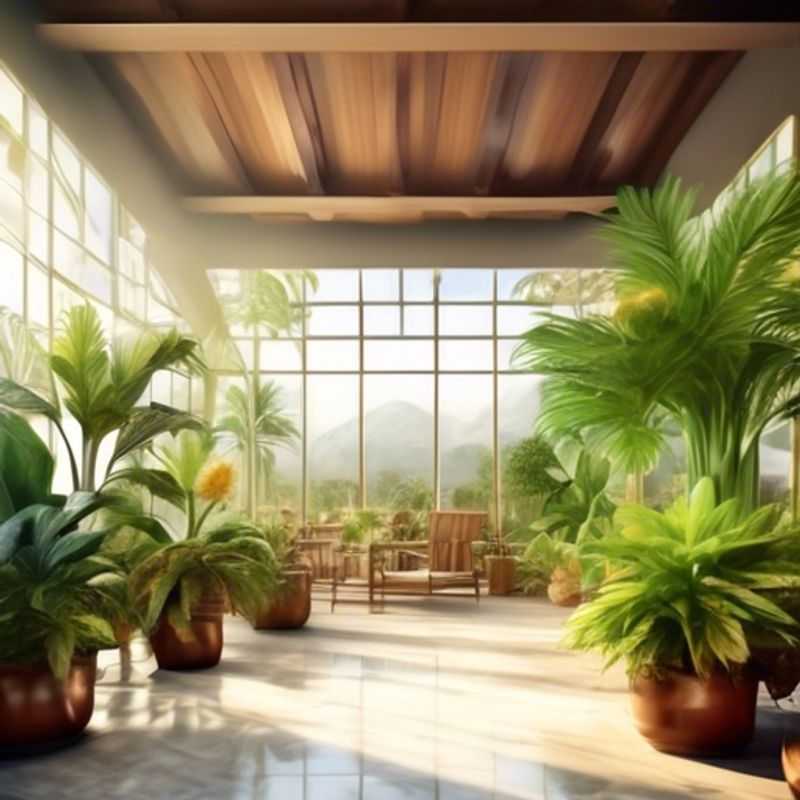
Unlocking Your Plant's Secrets: Understanding Light, Water, and Humidity Needs
To ensure your plant thrives, understanding its needs for light, water, and humidity is crucial.
Light: Plants require specific amounts of light to photosynthesize. Knowing whether your plant prefers bright, indirect light, shade, or direct sunlight will guide where you place it.
Water: Overwatering is a common problem, so understanding the plant's watering needs is critical. Check the soil moisture before watering, and allow the top inch of soil to dry out between waterings.
Humidity: Some plants prefer humid environments, while others tolerate drier air. Monitor humidity levels and consider using a humidifier for plants that require it.
You can find detailed information about specific plant needs online. Websites and apps dedicated to gardening can provide tailored guidance for your plant species.
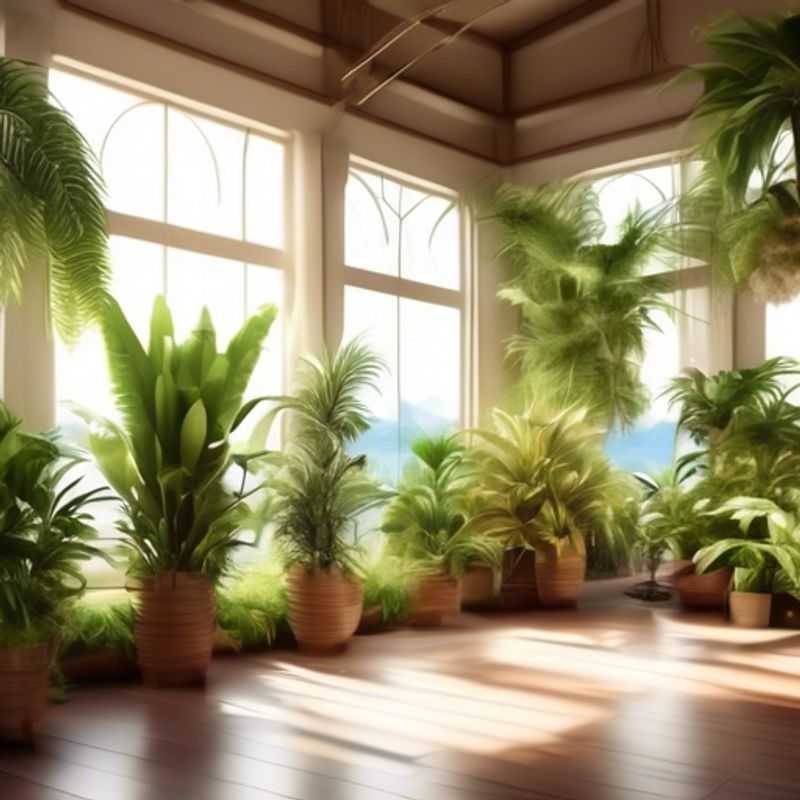
Choosing Plants: Growth Rate and Maintenance Needs
Choosing the right plants for your space involves understanding their growth rate and maintenance requirements. This ensures a harmonious and thriving environment. A plant's growth rate dictates how quickly it will fill its space, while its maintenance needs, such as watering frequency and pruning, determine the effort required to keep it healthy. For instance, fast-growing plants like vines can quickly cover walls or trellises, while slow-growing plants like succulents may require minimal attention. Assessing the plant's growth rate and maintenance needs helps create a realistic plan for its care and ensures a flourishing environment for your plants.
When planning your garden, consider factors like sunlight exposure, soil type, and your personal time commitment. Fast-growing plants may require more frequent trimming or pruning to maintain their desired shape. Slow-growing plants might need less attention, but could potentially take longer to reach their full size. By understanding these needs, you can choose plants that align with your lifestyle and create a garden that thrives with minimal effort.
Remember, the choice of plants is a personal one, driven by your individual needs and preferences. Be sure to research and consider all aspects of your space, including sunlight, soil, and your personal care commitment. With careful planning and the right plant selection, you can create a beautiful and thriving green oasis. By considering the plants' growth rate and maintenance needs, you can create a garden that flourishes and brings joy to your space.
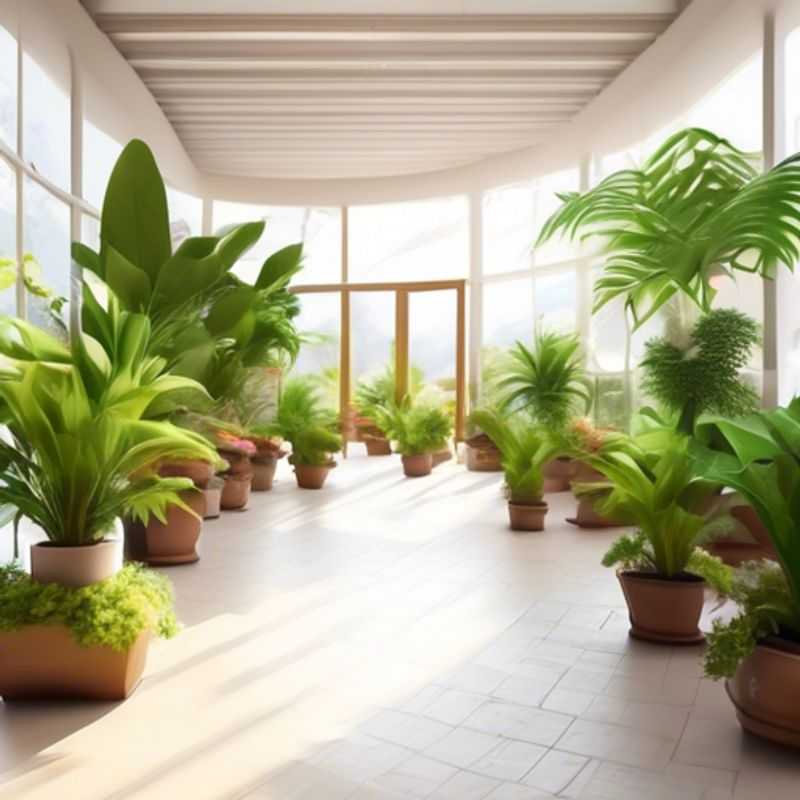
Keeping Your Family Safe: Understanding Toxicity Levels in Your Home
If you have pets or young children, it’s essential to be aware of the toxicity levels of common household items. Many plants, cleaning products, and medications can be harmful if ingested or come into contact with skin.
Here are some key things to remember:
Plants: Many common houseplants are toxic to pets and children. Examples include lilies, tulips, and azaleas. Keep these plants out of reach or consider safer alternatives.
Cleaning Products: Store cleaning products in a secure location, preferably out of reach of children and pets. Always read labels carefully and follow instructions for safe use and storage. Consider using natural, non-toxic cleaning alternatives.
Medications: Keep all medications, both liquid and solid, in secure, child-proof containers. Never leave medications within reach of children or pets. Dispose of expired medications safely.
Food: Some foods, such as chocolate, grapes, and onions, can be toxic to pets. Keep these foods out of reach and avoid feeding them to your animals.
Other: Be cautious with other common household items like batteries, glue, and paint. Store these items securely and keep them out of reach of children and pets.
Emergency: If you suspect your child or pet has ingested a toxic substance, call your local poison control center or emergency services immediately. Having the substance’s name and the amount ingested is crucial information to provide.
Remember: Prevention is the best way to protect your loved ones. Keep toxic substances out of reach and be vigilant about potential hazards in your home. For more detailed information on specific toxins, consult your veterinarian or a medical professional.
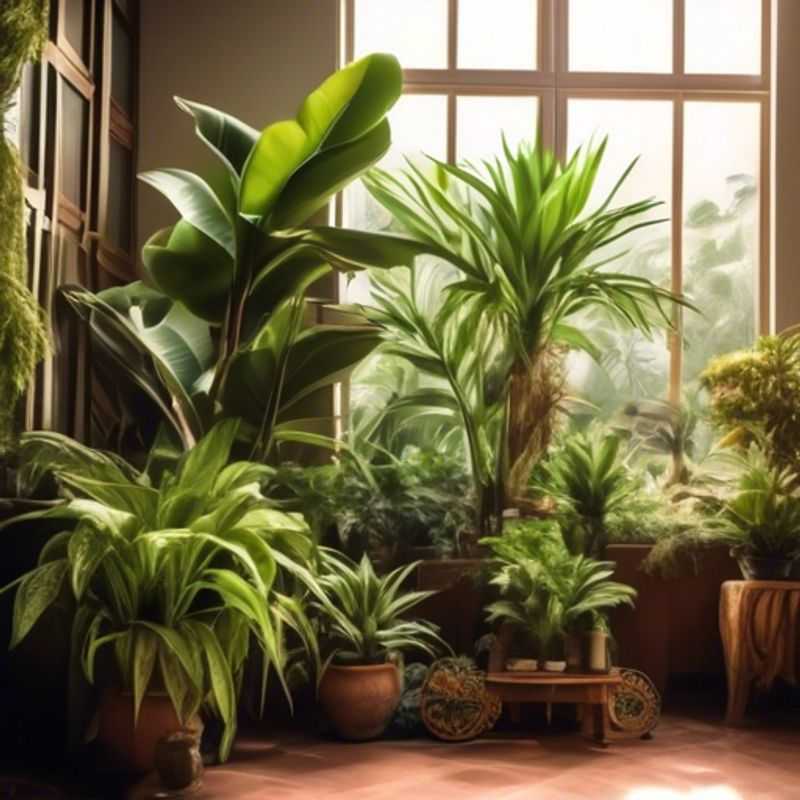
Spotting Trouble: Inspecting Plants for Pests and Diseases
Regularly inspecting your plants for pests and diseases is crucial for their health and well-being. Early detection allows for timely intervention, preventing further damage and promoting thriving growth. This is especially important during the growing season, when conditions are ideal for pest activity and disease development.
Examine the leaves, stems, and flowers carefully for any unusual signs. Look for discoloration, spots, holes, wilting, or any insects present. Common signs include:
Pests: Insects like aphids, mealybugs, spider mites, or scales can be found on the underside of leaves, stems, or flowers.
Diseases: Look for leaf spots, powdery mildew, rust, or other fungal growths. Wilting or yellowing leaves could also indicate root rot or other diseases.
Inspect the soil as well. Look for signs of root mealybugs or other pests that may be present in the soil.
Identify any potential problems. If you notice any signs of pests or diseases, it's important to act quickly to prevent further spread. There are many ways to address these issues, including:
Natural remedies: Insecticidal soap, neem oil, or other organic solutions can be used to control pests.
Chemical treatments: For more severe infestations or diseases, chemical treatments may be necessary. However, these should be used carefully and only as a last resort.
Proper care: Providing your plants with optimal growing conditions, such as adequate sunlight, water, and nutrients, can help prevent pest and disease problems.
Remember: Early detection is key to successful pest and disease management. By inspecting your plants regularly, you can identify any issues before they become severe and take appropriate action to protect your plants.
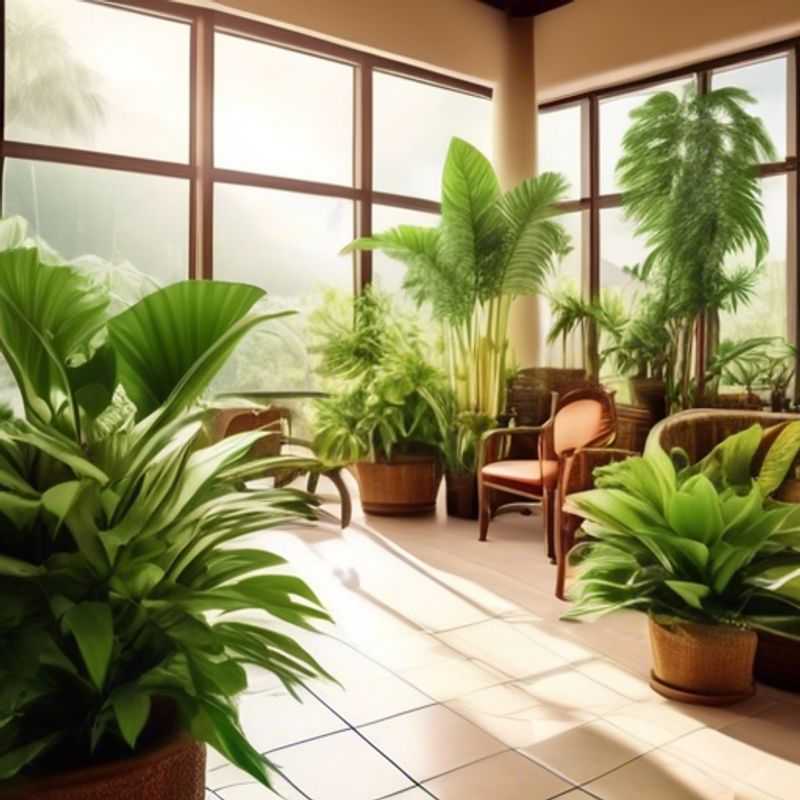
The Right Potting Soil and Container Size: Your Plant's Secret to Success
When it comes to planting, choosing the right potting soil and container size is crucial for your plant's health and growth. Proper potting soil provides the necessary nutrients and drainage, while the right container size allows for adequate root development and prevents root-bound issues.
Potting soil should be well-draining, airy, and rich in organic matter. Look for a blend specifically designed for the type of plant you're growing. Avoid using garden soil, as it can be too dense and compact.
Container size matters as it directly influences the plant's root system development. Choose a container that's slightly larger than the plant's root ball, allowing for a few inches of growth space. Ensure the container has drainage holes to prevent waterlogging.
Repotting your plants regularly is essential. As plants grow, their roots need more space. Repot them into larger containers every year or two, using fresh potting soil.
Remember to consider the specific needs of your plants. Some plants require specialized potting mixes or containers with specific drainage properties. Always do your research and choose the right materials for your plant's success.
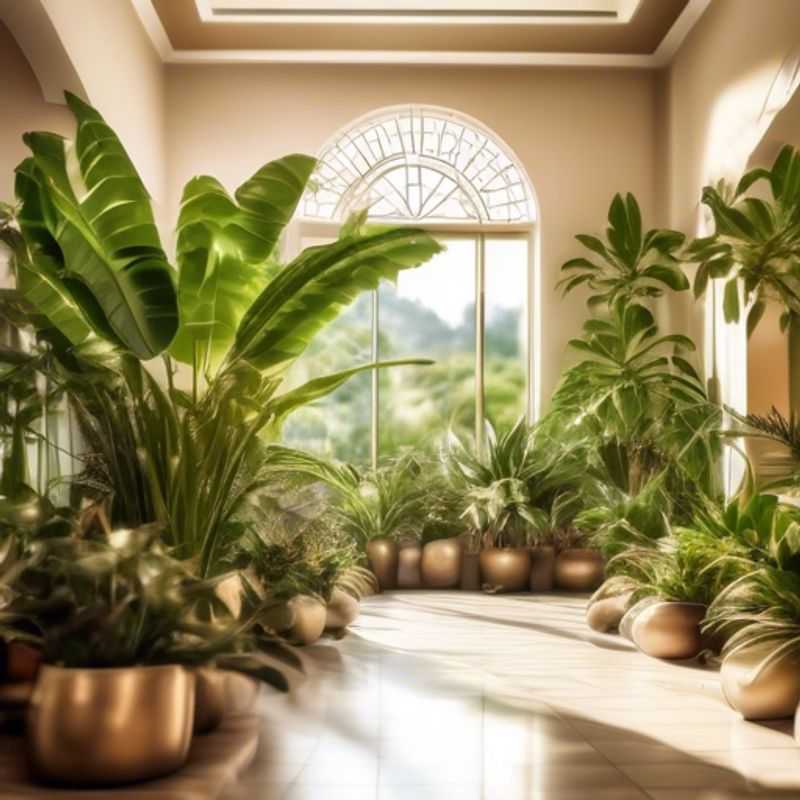
Master Your Green Thumb: Understanding Your Plant's Repotting Schedule
Understanding the repotting schedule for your plants is essential for their health and growth. Generally, most houseplants should be repotted every 12 to 18 months, but this can vary based on the plant type and its growth rate. Look for signs that indicate your plant needs repotting: roots growing out of drainage holes, stunted growth, or yellowing leaves.
When planning for repotting, consider the cost of potting soil, which can range from $5 to $30 depending on quality and type, and the price of a new pot, which varies widely, typically from $10 to $50. Tools like gloves, trowels, and watering cans may also be necessary, adding to your budget.
Timing is key; the best months for repotting are during the spring or early summer when plants are actively growing. Always ensure to choose a pot that is 1-2 inches larger in diameter than the current one to give your plant ample space to grow. For further details, consider looking up specific plant care guides online.
